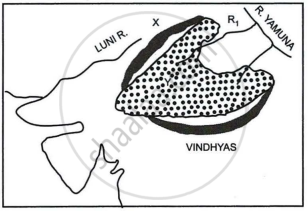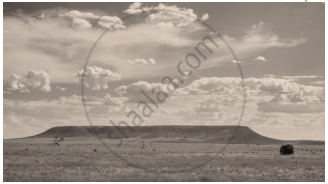Advertisements
Advertisements
प्रश्न
How is the Himalayan River system different from the Peninsular River system?
उत्तर
| Himalayan River System | Peninsular River System | |
| 1 | The basins and catchment areas of the Himalayan rivers are huge. | The basins and catchment regions of peninsular rivers are relatively smaller. |
| 2 | Snowfall feeds these rivers, which flow continuously throughout the year. They are, hence, everlasting. | Rain is the main source of water for these rivers, and the monsoon season has a big impact on how much water flows through them. They are seasonal as a result. |
| 3 | These rivers create deep gorges. | The rivers run in low-lying valleys. |
| 4 | These rivers are used for both navigation and irrigation. | These are not the best rivers for transportation or irrigation. |
APPEARS IN
संबंधित प्रश्न
Name the four Indian geological eras in their chronological order.
Briefly explain the geological evolution of the Himalayas.
Answer the following question:
The figure below represents a section from the Aravalis to the Peninsular region.

Identify any two of the relief features marked, A, B, C, and D.
Answer the following question:
Briefly explain the geological evolution of the peninsular plateau.
(i) Where is the New Mangalore Port located?
(ii) What is the chief importance of this port?
Mention any two characteristics features of the Himalayas.
Study the sketch map given below and answer the questions that follow:

- Identify the dotted region marked Y. Mention any three of its characteristic features.
- Name the mountain range marked X, the river marked R1 and the type of rock that constitutes the dotted region.
Study the sketch map given below and answer the questions that follow:

- State the direction of the movement of the jetstreams A and B in the Indian region. Give reasons for the same.
- How do the jetstreams A and B influence the Indian climate?
India is referred to as a sub-continent. Justify.
Identify the image given below and explain the formation of this geological division in India.

